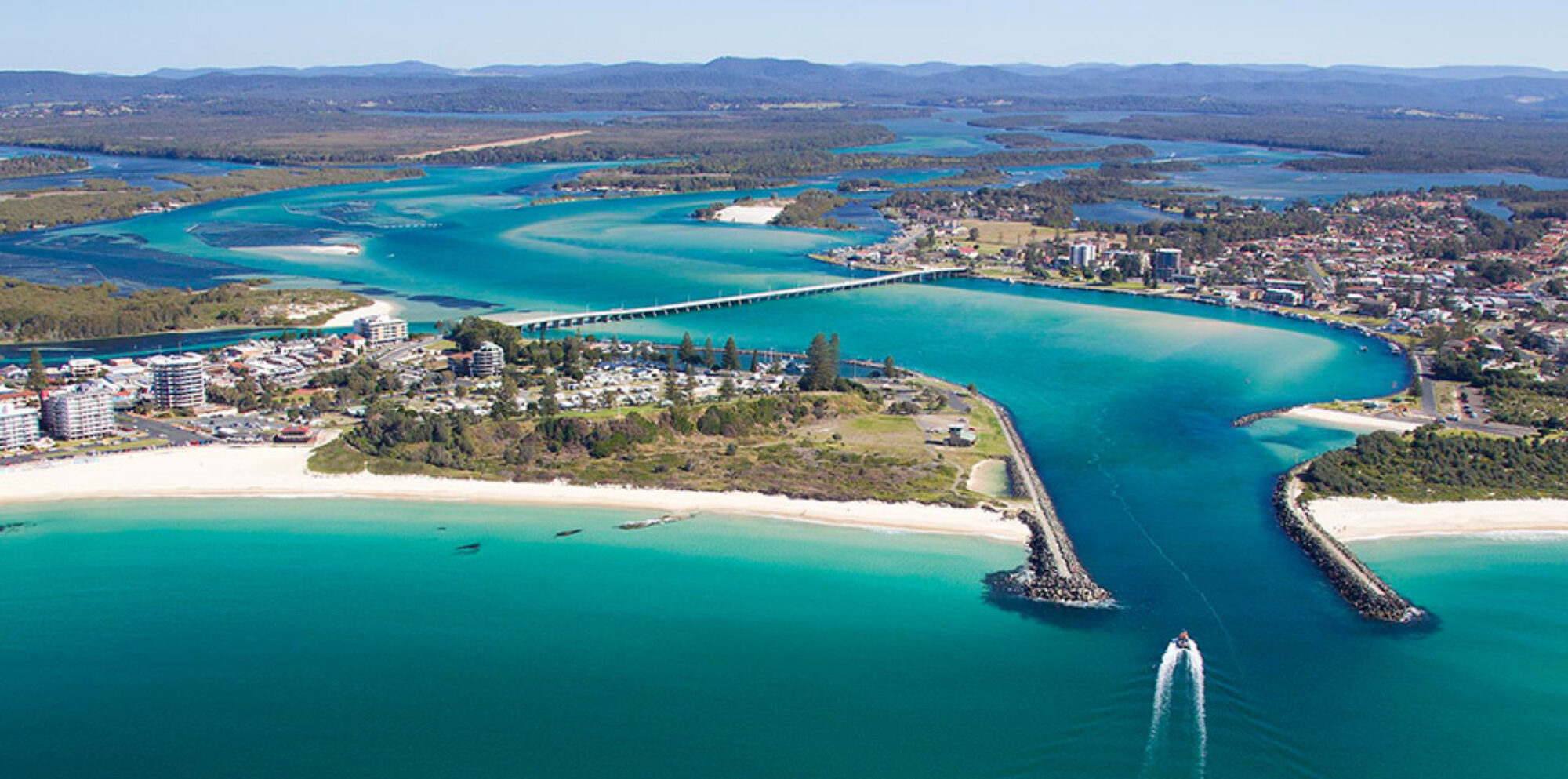Human participation in natural environments in Australia has had significant impacts on erosion, including through recreational activities. Some examples include:
Bushwalking: Popular trails and tourist attractions have lots of foot traffic. This can lead to soil compaction and the trampling of vegetation which normally would hold the soil together, meaning that the soil can no longer absorb water. As a result, when it rains this water runs off, leading to erosion and the creation of deep channels.
National Parks often try to minimise this impact by building boardwalks over sensitive areas or limiting walkers to designated trails.

Off-road Vehicles: In areas where off-road vehicles are permitted, such as beaches and sand dunes, the constant driving can disturb vegetation and compact soil, making it more susceptible to erosion by wind and water.
As an example of this, a popular 4WD trail in Forster, the McBride’s Beach trail, was permanently closed by National Parks due to the extensive erosion caused by the traffic on this trail. This was impacting on the beach itself at the base of the track, washing large amounts of soil into the water and also leading to compacting of the sand on the beach, reducing the numbers of beach worms and pippies on the beach. The flow on effect of this is reduced fish species in the area.

Recreational Boating: Activities such as recreational boating can contribute to erosion in sensitive coastal areas through the disturbance of sediment and wave action caused by boat wakes.
Other human activities, such as farming, mining and housing development can also create erosion. A very dramatic example of this is the impact of housing development on our coastlines. Around Australia, this is impacting on our beaches and headlands.
Coastal development: Coastal development, including the construction of marinas, resorts, and seawalls, can disrupt natural sediment transport processes, leading to erosion of beaches and dunes. This is particularly evident in areas where coastal vegetation is removed to make way for development.
